The History of the Farrier
13 comments
Good day dear Hive community, first of all I would like to welcome you all to my contribution and hope you had a positive start to the weekend! Today I would like to talk about history and hope you can learn something new.
Here are some pictures of a horseshoe and I would like to go into the history of the farrier in this post and I created the other works of art with the help of artificial intelligence. The typical shape of horseshoe is U-shaped and is of great importance to protect horses from obstacles or dangerous objects when running and metal is mostly used as a material and since ancient times people have known how important protection is for horses. The exact inventors are unknown and it is suspected that it comes from Asia and there are also some views that the Celts may have already developed horseshoes. For the production of the first horseshoes, mainly materials such as fabric or leather were used in the past and the Romans already used metal or other metals for the production, but the horseshoes were not yet mature at that time and it happened again and again that the horses had injured their feet and Aristotle already reported about this problem. In ancient Greece, various soft materials were probably also used to make sandals for the horses and the horseshoe as it is known today probably comes from the 9th century from Europe. At that time, the materials were changed and there were already holes in which the nails can be fastened and during the middle ages, the blacksmiths were divided into different titles the farrier also then received his own title and often took over the activity as a veterinarian.
The most important tools for the farrier at that time were hammer, anvil as well as a rasp or bell with which he shaped the horn shoe and then forged the horseshoe appropriately. The field of work of the farrier was also expanded at that time and he was also responsible for other works and forged, improved or repaired other utensils that were necessary for the agricultural industry and that a horseshoe can bring luck might one or the other may have heard and this view also comes from the Middle Ages. Already at that time, people hung horseshoes as protection or lucky charms and in general the blacksmiths were often associated with magical powers or abilities at that time and it was usually placed near doors or in the house. With the 20th Century ended the time when horseshoes were still made by hand and more and more commercial possibilities were used and everyone who has the opportunity to visit an old farrier workshop should definitely use it! If you are generally more interested in the history of blacksmiths and would like to learn more about it, I can recommend these contributions from me
where I have already gone into more detail about this interesting topic.Thanks for stopping by and I hope you could learn something new about history! I captured these pictures with my Camera Sony Alpha 6000 plus 55-210 mm lens and created the others with artificial intelligence!
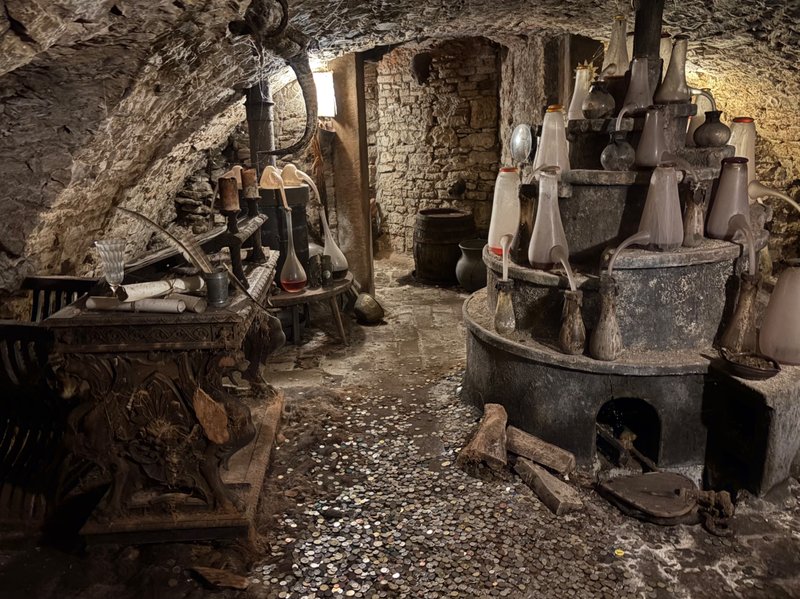


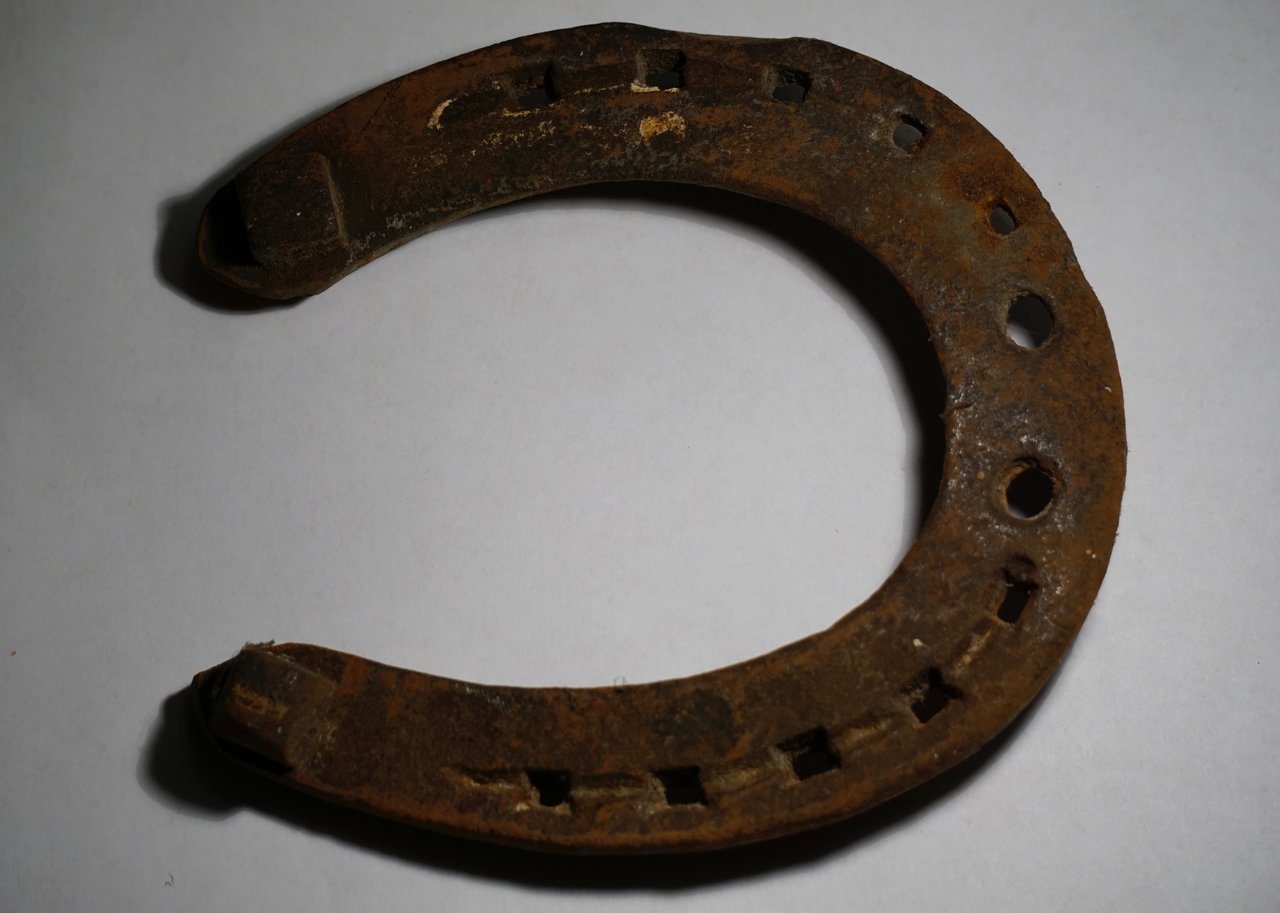
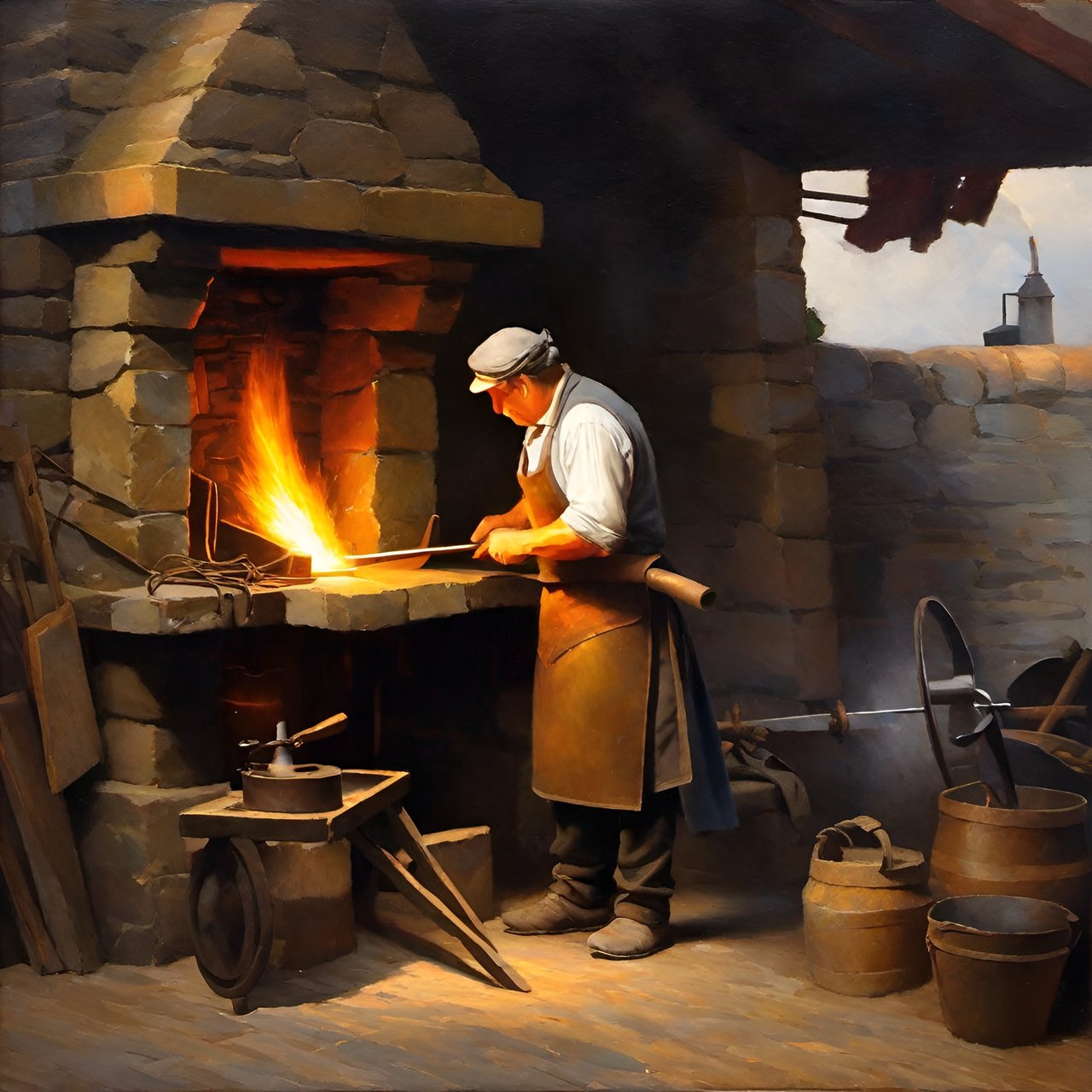
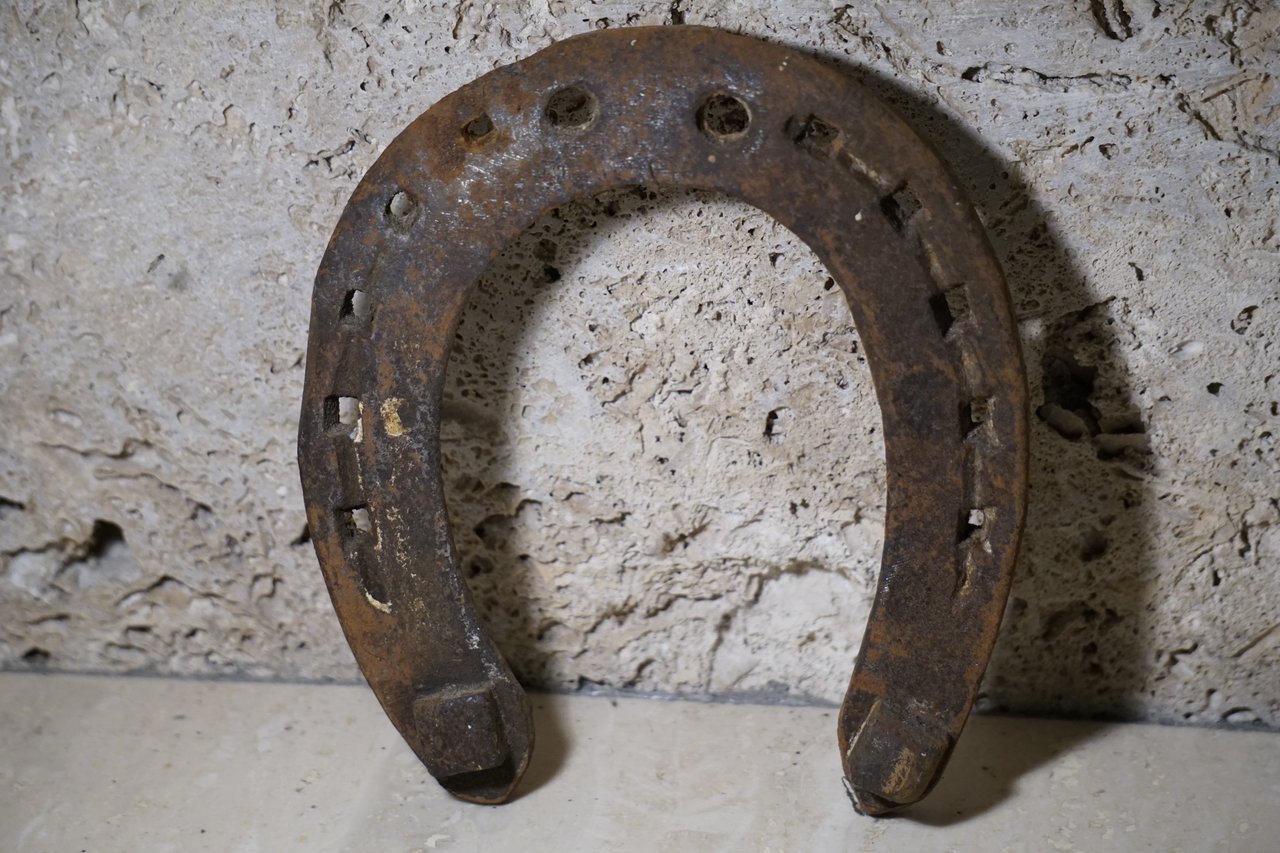
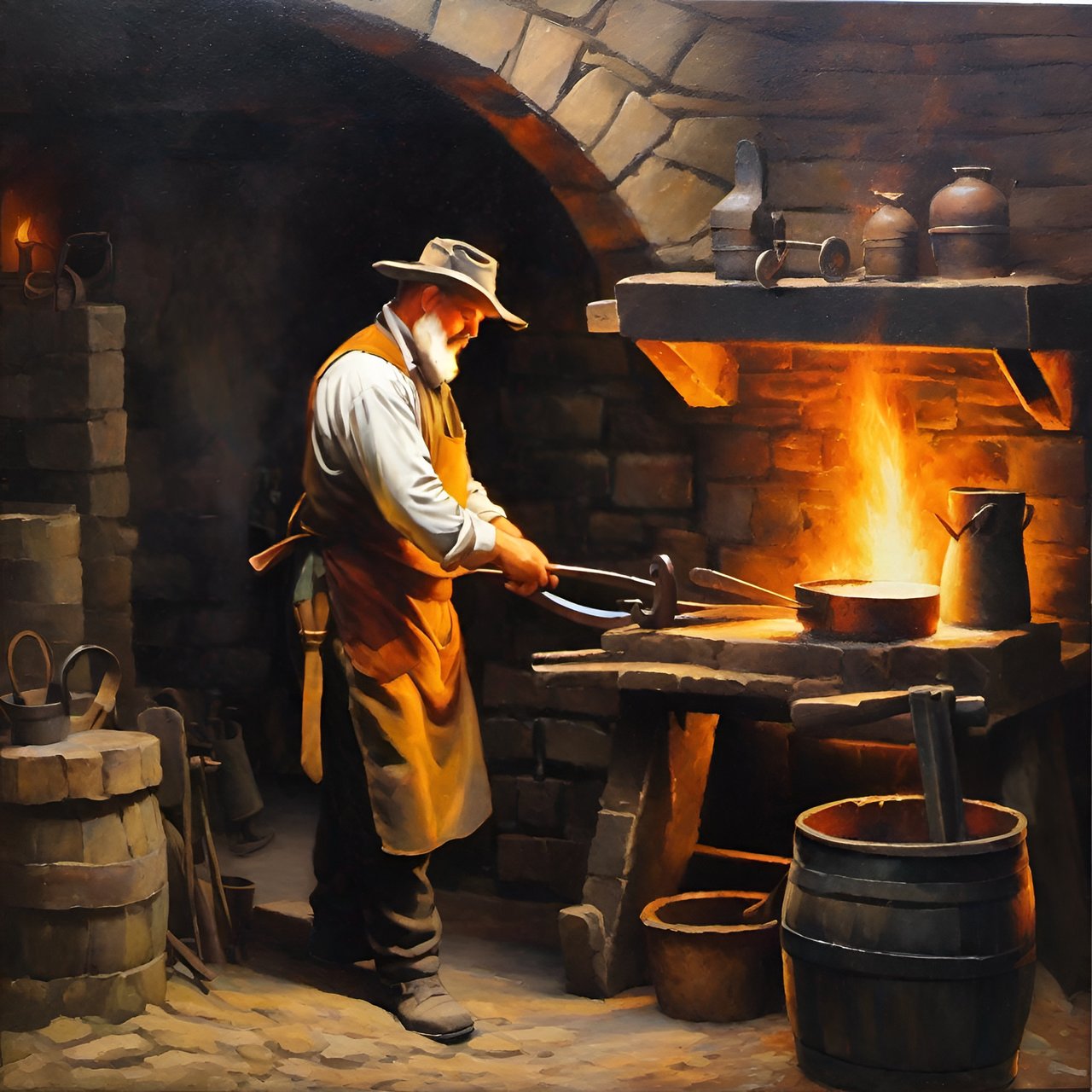

Comments